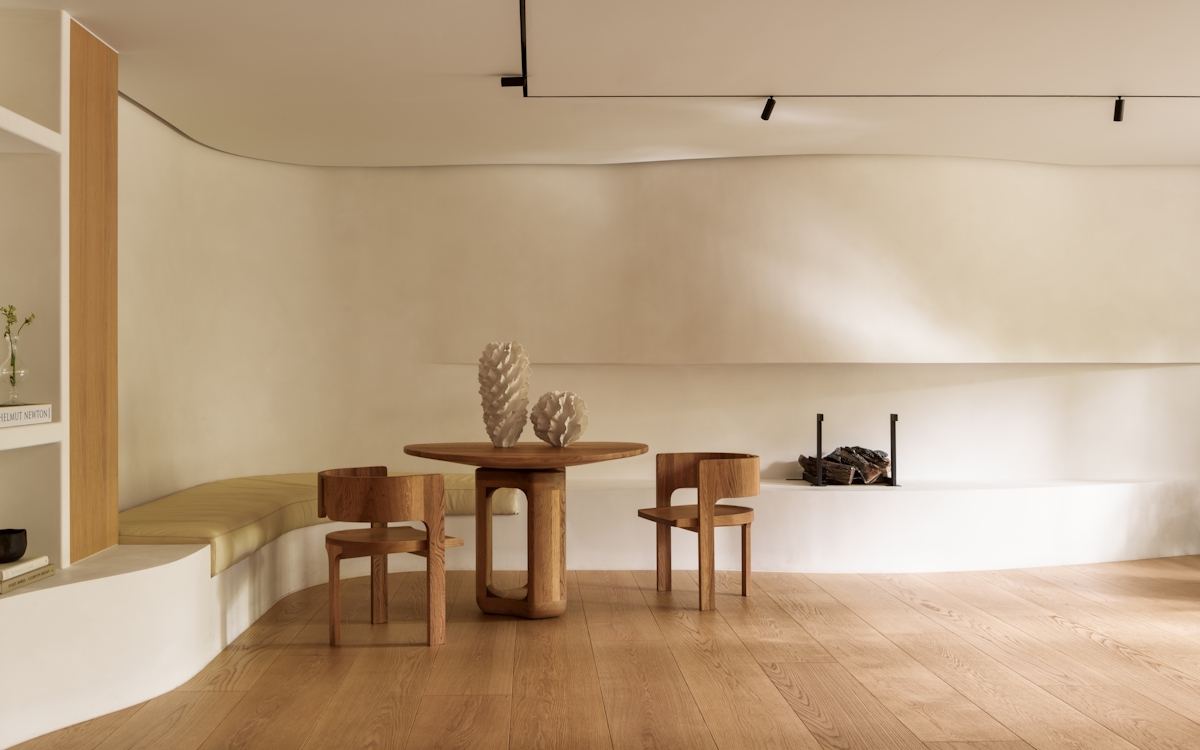Lighting—one of the greatest tools to have at your disposal, not least to functionally illuminate a room but to imbue it with the desired level of atmosphere. Such atmosphere needs to not only be sympathetic to the occasion in question but the time of day and the season too.

How To Light Your Home For Winter
Lighting your home for winter will be easy with these practical tips

And so to winter, the darkest of all the seasons, casting brooding shadows and throwing lighting challenges in the pathways of homeowners far and wide. From the artful staging of lamplight to the best bulbs for winter, here’s how to effectively light your home for winter.
Understanding natural light
Whether winter or not, deciding how to light a room should always be influenced by the available natural light.
On a bright winter’s day for example, when the level of natural light is high and the tone crisp and slightly blue, the amount of staged lighting needed reduces. A single lamp on a kitchen work surface or living room’s side table will likely suffice, providing a spot of softness. That’s all that’s needed—no more, no less.
Conversely, on a bleaker day where the sunlight is dimmer and muddier, the rooms in a home will absorb the same tone. Rather than trying to shake the room awake with dazzling spotlights and each and every lamp switched on, the aim should be to introduce gentle warmth and scattered, mellow lighting. To do this, use light sources at multiple levels to spread it through the full expanse of each room, from a ceiling’s pendant to floor and table lamps.
The key is to not rely on just one or two sources of light, but to have a medley. Multiple lamps means that you can more easily tailor the light intensity according to what nature’s bounty has to offer—or not as the case may be.
Lighting solutions for dark rooms
How to make a dark room lighter should always bear in mind the role of the room. The same rule can apply to every space in the home, but for a more considered result, the rule should be broken and reapplied in a contextual way.
Begin by considering a dark bathroom in deep winter. In here, is a ceiling full of spotlights necessarily the right approach? Wouldn't candles in hurricane lanterns, paired with a thoughtfully positioned wall light or two—one close by to a mirror where illumination is a needed—be more suited to the environment?
In a bedroom, when night falls and there’s little light to be found, bedside lamps provide a lower level of light close to the height of the bed—the key piece of furniture to highlight. Another lamp by a dressing area, be it another table lamp or a standing floor lamp, promises another source that combines task-style lighting and ambient lighting.
When waking on a dark winter morning, these softer light sources are a more comforting way to begin the day. And when bed beckons, they will help the room to bask in a warm, comforting glow befitting to winter.
But, in rooms that see far more activity, such as the kitchen, winter’s darkness can affect their ability to perform. It’s in locations such as these where brighter beams of light are called for. Try not to disregard the constant need for atmospheric light too, however.
Dark rooms combined with winter’s biting temperatures mean we call on lighting to promise reassuring warmth more than at any other time of year. Contemplate strip LED lighting beneath open shelving or above a kick board to achieve this in a kitchen environment.
Best bulbs for winter
Not all light bulbs are created equal and something that becomes important during the winter season is the colour temperature of the light bulbs you use. Light bulb temperature is measured on the Kelvin temperature scale from warm white at 2700-3000K to daylight at 6500K.
White (sometimes called soft white) light bulbs are generally believed to offer the most flattering light for our interiors. They're not harsh, they're not too yellowed, and the colour suits both contemporary and traditional tastes.
But, in winter, it’s helpful to get more bulb savvy so that each light source has the option to emit different light intensities and colours. When there are multiple lights in one room, having them all give off the same tone and depth of glow might not be suitable for the tasks at hand.
A dimmer switch is one wise solution to overcome this, but otherwise, multicolour LEDs are the best option for adjustable lighting solutions. These bulbs are designed with the potential to display multiple colour temperatures and intensities and some can even be controlled via a phone app.
If you don't have access to multicolour light bulbs, you can try switching out the bulbs in one or two sources to up the ante on clarity and colour rendering (the degree to which a light source accurately represents colours) of a particular area.
Identify which to change according to their function. For example, dress lamps in a dining room can afford to be dimmed, so try a reflector bulb here rather than a standard one.
Remember too that you can also change up your lamp shades. The colour or shade material will dramatically alter the light intensity and colour, so look to your lamps and think about whether it’s time for a seasonal switchover.
Don’t be tricked into thinking winter equates to dark-coloured canopies either. Warm neutrals like alabaster, parchment and sand will radiate the exact level of cosy glow that winter thrives on.






